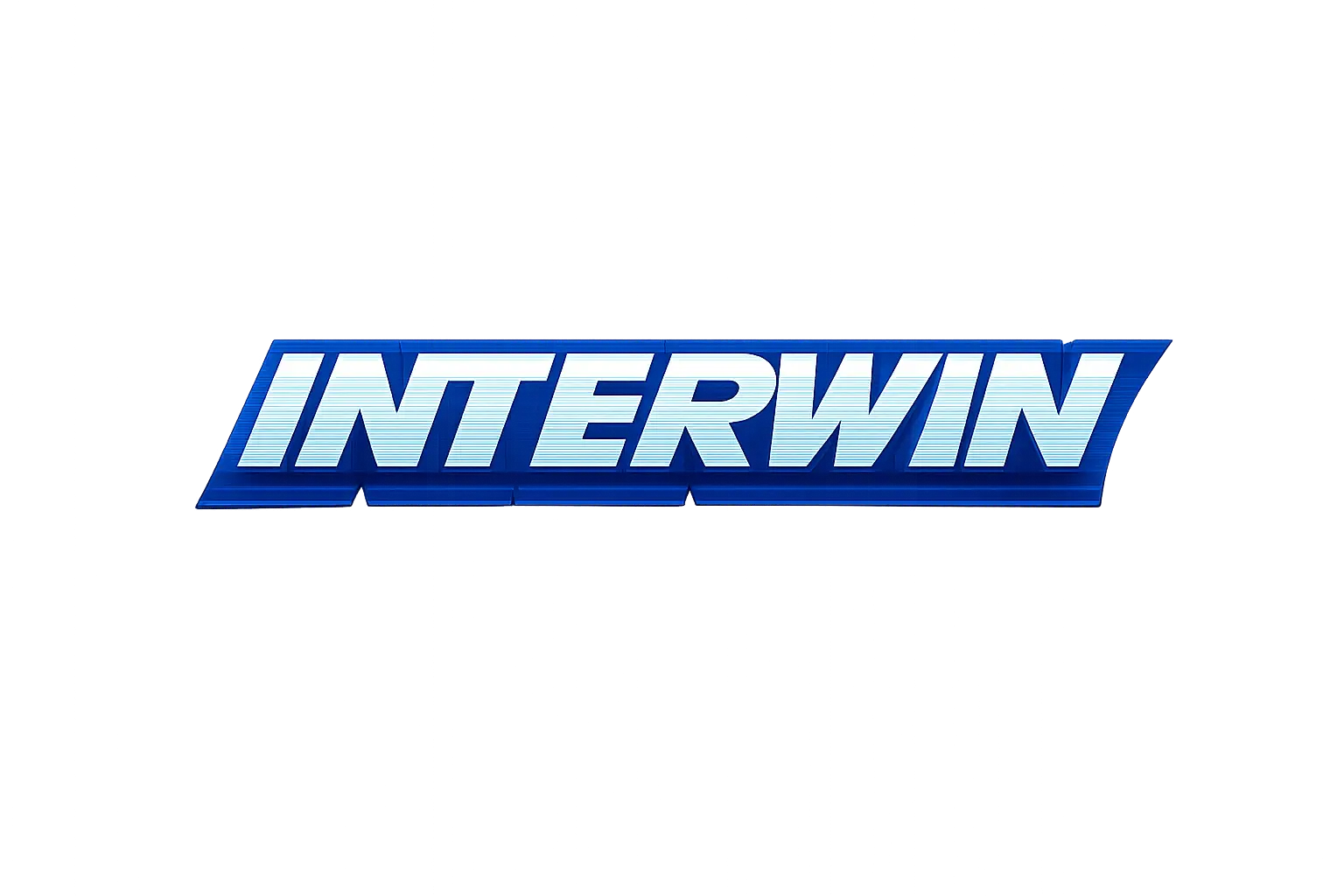INTERWIN Platform Gaming Viral 2026 | Game Online Seru, Kompetitif & Full Hadiah!
Di era digital yang terus bergerak cepat, gamer modern tidak hanya mencari hiburan—mereka menginginkan platform yang aman, andal, dan memberikan pengalaman bermain maksimal. INTERWIN hadir sebagai jawaban atas kebutuhan tersebut: sebuah situs game online terkemuka yang menggabungkan teknologi mutakhir, keamanan tingkat tinggi, dan koleksi permainan terlengkap untuk pemain di seluruh Asia.
Dari slot gacor dengan RTP tertinggi, permainan kartu klasik, hingga game strategi dan arcade modern, INTERWIN menawarkan ekosistem gaming yang lengkap dan interaktif. Semua game dioptimalkan untuk performa terbaik—baik di desktop, laptop, maupun smartphone—sehingga kamu bisa bermain kapan saja, di mana saja, tanpa lag atau gangguan.
Fitur Canggih & Navigasi yang Ramah Pengguna
INTERWIN dibangun dengan teknologi responsif dan antarmuka intuitif yang memungkinkanmu menemukan game favorit, cek promo terbaru, atau akses layanan pelanggan hanya dalam beberapa klik. Desainnya mengalir mulus, visualnya futuristik dengan aksen biru dan emas yang elegan, mencerminkan komitmen kami pada pengalaman bermain yang mewah, cepat, dan tanpa ribet.
Keamanan menjadi prioritas utama. Seluruh data pribadi dan transaksi dilindungi oleh enkripsi SSL 256-bit dan sistem anti-fraud canggih. Proses pendaftaran hanya memakan waktu 2 menit, dengan opsi deposit fleksibel melalui bank lokal, e-wallet (DANA, OVO, Gopay), dan pulsa—semua tanpa potongan. Withdraw diproses kilat, seringkali dalam waktu kurang dari 5 menit!
Bonus Menggoda, Promosi Rutin & Komunitas yang Solid
Di INTERWIN, setiap putaran bisa jadi langkah menuju cuan! Pemain baru langsung disambut dengan bonus selamat datang hingga 100%, sementara member setia menikmati cashback harian, bonus referral, turnamen mingguan, dan hadiah maxwin spesial. Semua promosi transparan, tanpa syarat berbelit—cukup main, menang, dan tarik!
Tak hanya itu, INTERWIN juga membangun komunitas gamer aktif melalui forum diskusi, live chat interaktif, dan event komunitas bulanan. Di sini, kamu bisa berbagi strategi, rayakan kemenangan bersama, atau sekadar ngobrol santai dengan sesama pemain. Hasilnya? Lingkungan bermain yang kompetitif, suportif, dan penuh energi positif.
Dengan kombinasi game berkualitas, keamanan terjamin, bonus menguntungkan, dan pelayanan 24/7, INTERWIN bukan sekadar situs game—tapi rumah bagi para pemain yang serius ingin menang. Gabung sekarang, dan rasakan sendiri mengapa ribuan gamer memilih INTERWIN sebagai destinasi utama mereka!
- INTERWIN bukan cuma platform biasa,ini gerbang ke pengalaman gaming terbaik! Nikmati game online seru, turnamen eksklusif, hadiah real, dan fitur multiplayer smooth di semua perangkat. Daftar gratis, main langsung, dan buktikan skill-mu melawan pemain terbaik se-Indonesia. Gaming seru, cuan nyata—hanya di INTERWIN!














